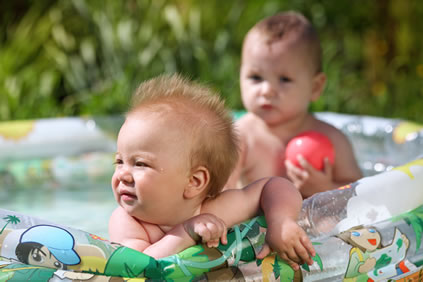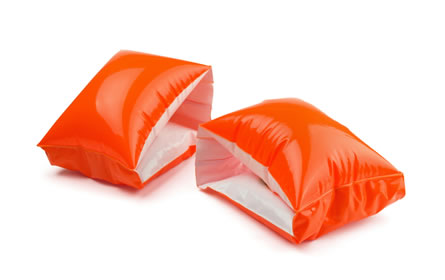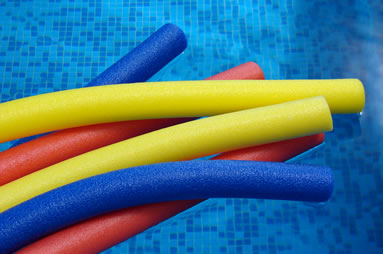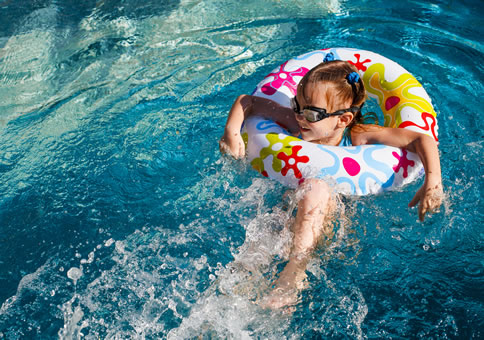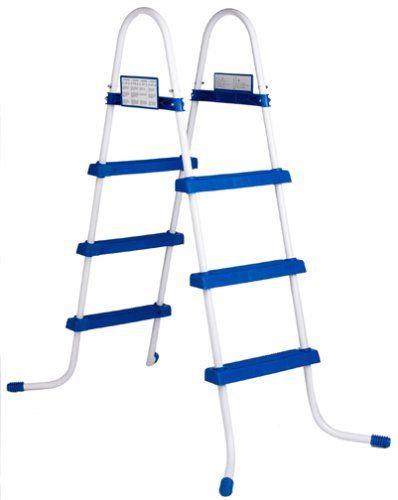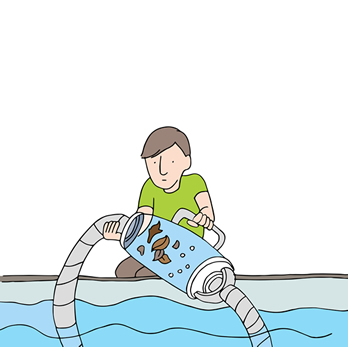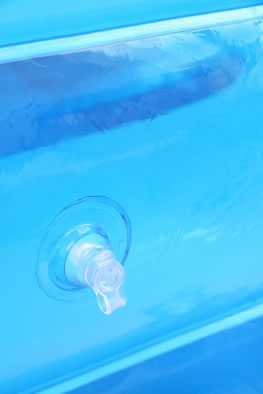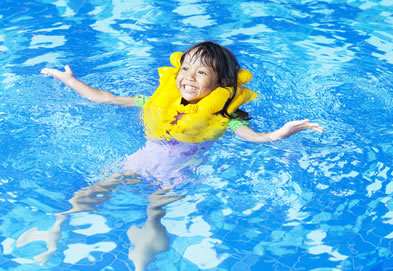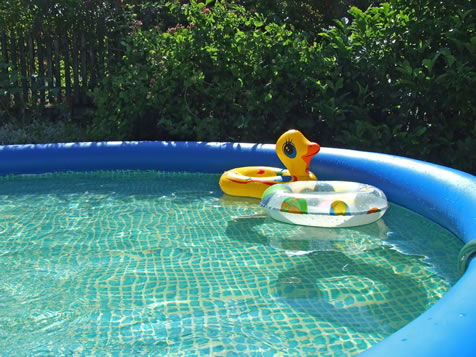Large-scale blow-up pools are a step up from children’s inflatable pools not just in terms of size. They are also a step up in terms of durability. They can be compared to big pool floats that are certainly toys for the big boys and girls. To ensure the longevity of these pools, the following things should be kept in mind.
Capacity
The amount of water is entirely dependent on the chosen size. Typically, a circular pool with a diameter of at least 15 feet and a height of at least 40 inches will have a water capacity of around 5,500 gallons and will fit a minimum of five people up to a maximum of ten people. Much larger oval or rectangular pools will have a length of around 18 feet, a width of around 9 feet and a height of around 40 to 50 inches. Their water capacities are along the lines of 3,000 gallons and will accommodate around the same amount of people as circular pools.
Installation
Many blow-up pools advertise their ease of set-up, but even the smallest of these pools require two to three adults to assemble. Furthermore, 10 to 30 minutes must be spent for that set-up, depending on the size. Fortunately, there are many pools that include set-up and maintenance DVDs for people new to the job of assembling the pool correctly. Inflatable portable spas, on the other hand, are much smaller than the smallest blow-up pools and thus will require only one person for assembly.
Cost
The cost of blow-up pools is mainly dependent on size. The smallest circular pools come at a suggested retail price of $100 to $200. The largest of the pools – meaning those with lengths or diameters of at least 30 feet – cost at least $1,000.
Accessories
Large blow-up pools allow much room for swimming toys and other swimming peripherals. Besides the usual inflatable vests, noodles, board trainers, inner tubes, buoy floats, beach balls, and ride-on animals, things such as rafts and inflatable lounge chairs can be brought into the pools for amplified enjoyment.
Be Safe
As with every other body of water, whether natural or man-made, there is always the danger of drowning in large blow-up pools. Parents and guardians should always be on high alert if they have children joining them in adult-sized pools. They should remember that drowning can occur in as little as 15 seconds. Other risks that can be encountered in large blow-up pools include infected water and short circuits that happen when the water pump’s electric current is exposed to water.
Cleanliness
To ensure clean water, it is mandatory for the pool water to be treated with chlorine tablets. Floating chlorine dispensers are a good way to treat the water without much fuss. The water must be completely drained if someone urinates or poops in the pool and the pool itself must be treated with disinfectants. As for the risk of short circuits, many pools are equipped with circuit interrupters that shut off the water pumps if ever the currents and the water touch each other.
Storage
In matters of space and storage, blow-up pools have a noted advantage due to their nature. The smallest of the pools have a compacted weight of 50 to 100 pounds, making them easy candidates for storage either in the attic or in the garage.
Cleaning & Maintenance
Cleaning the pools may be a chore, but it must be done for health and hygienic reasons. Besides the regular chlorination of pool water, there are several maintenance tasks to be done. Some of these maintenance tasks are:
• Removal of algae
• Elimination of foam
• Keeping the water clean
• Chorine and pH level testing
• Filter and pump checking
• Floating and underwater debris clearing
Apart from the usual cleaning nets and skimmers, there are advanced tools for easier and more effective pool maintenance. They include underwater vacuum cleaners, liquid solar blankets that prevent water evaporation, and even smartphone apps that control various pool maintenance tasks from a distance. For practicality, alkalinity can be controlled by simply pouring baking powder on the pool water.
Anyone who owns a blow up pool should be knowledgeable about the proper installation, use, and maintenance of their pool. This knowledge will help him make the most of his pool and have lots of fun using it with his family and friends.
